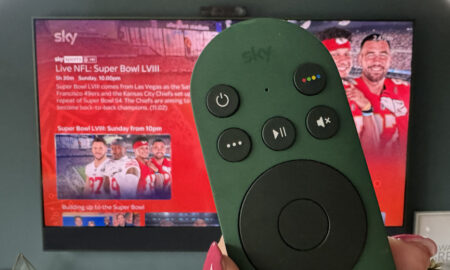Things get a little weird in Austin
My trip to Google’s Assistant ‘Fun House’ at SXSW began with a very strange scene. As I stood waiting to enter, someone asked Google Assistant to “make the flamingos dance”, causing a flamboyance of plastic flamingos on the lawn to start bobbing up and down in a hypnotic rhythm. That wasn’t all. Behind me, people were sat in a blue low-rider, asking Assistant to make it bounce – which it did – in what must be the least gangster display I’ve ever seen. Altogether, a pretty amazing spectacle to take in.
Google had completely taken over a home in Austin, Texas to showcase its voice assistant and the myriad products it can control. Yes, that included cars and flamingos, but inside Assistant was being used for more practical applications – like making margaritas. Google had put a customized cocktail maker in the kitchen, so I asked Assistant to make me a drink – one command to add the ingredients, another to blend it – and moments later I had it in my hand. OK Google, you have my attention.
This, and indeed much of the house, was about demonstrating how custom commands are making Assistant more versatile, letting developers integrate more specific commands for third-party devices. For example, I was also able to ask Assistant for a specific spice on the shelf, and a custom-built machine would pick out the right one for me. It’s a very specific use case, granted, but you see what Google is getting at here. If Assistant is going to be useful beyond Google’s own devices, it must also be flexible in the way we interact with it.
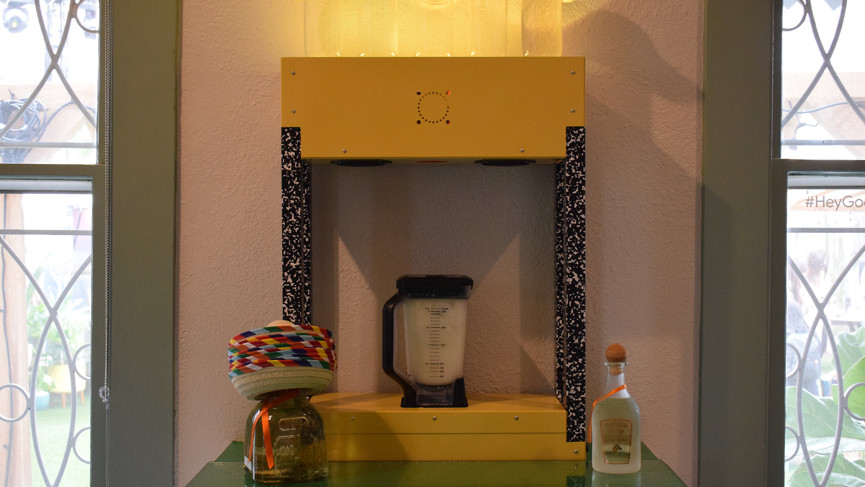
In the bedroom, things got a little weird.
I entered to find an actor draped across the bed, telling me how hungover he was. It was an unconvincing performance at best, but he was really there to show off how Assistant could be used to, say, shut the blinds and dim the lights with a single command. Here Google was showing off its new routines feature for performing multiple actions with one command.
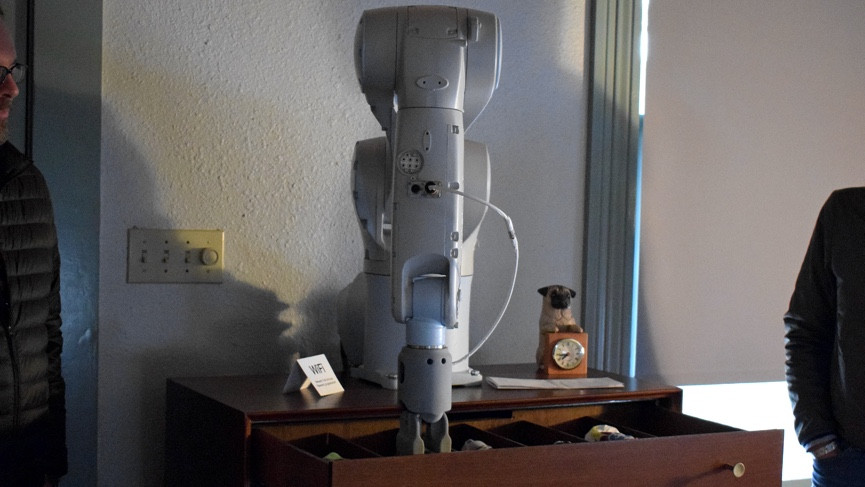
The highlight of the tour was also in this fake bedroom, where someone asked Assistant to rearrange the sock draw. Suddenly a giant mechanical arm on the chest of draws sprang to life, opening the top draw and then picking up and moving socks, before closing it back up. Again, I can’t imagine a day where sock robots are in high demand (who rearranges their socks anyway?), but I do like the idea of using these sorts of hacks with smart home assistants to carry out life’s more mundane tasks, including an Assistant-powered cat litter tray. No, really.
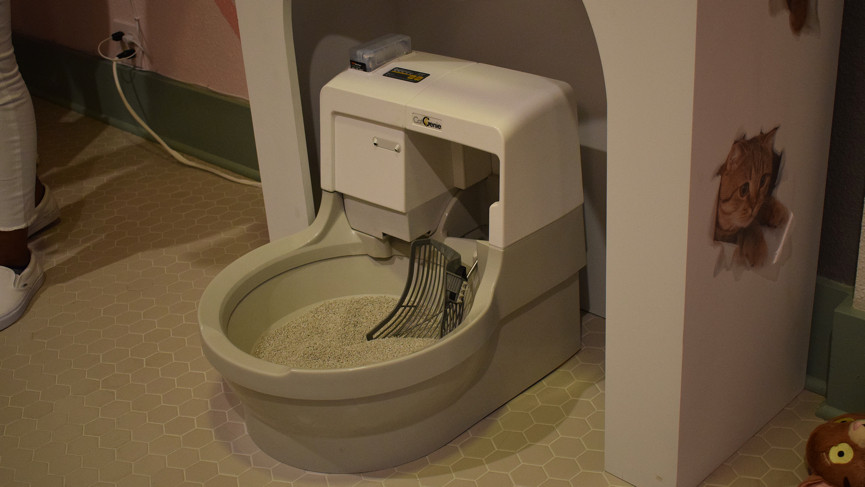
After all, isn’t that sort of the point of all this?
Onto Panasonic’s house…
While Google’s vision of the smart home was all about the potential of voice to control the gadgets of today, Panasonic’s rival house was much more conceptual, kitted out from bedroom to bathroom with dreamed-up devices that aren’t yet available to buy. Panasonic was essentially crowdsourcing opinion on some out there ideas (there were even questionnaires to gauge feedback). Some of these ideas are more likely to end up as real products, but the rest will remain cooked-up concepts.

Speaking of which, the kitchen was packed to the brim with interesting smart home ideas. My favorite was the chatty miso ball maker, the Ferment 2.0. I could actually talk to the appliance through the app to tell it how I was feeling, and it would recommend a miso recipe for me. I’d made a friend.
On the other side of the room the Oni Robot was whirring away, trying to make rice balls that looked authentically handmade (and would automatically re-order supplies when it had run out). This is the kind of easy living I can get along with.

I then entered the living room to find an assortment of colored glowing orbs, which despite looking like props from the set of Cocoon,turned out to be communication pods. These could be used by families to stay in touch, particularly good for keeping an eye on any elderly members who live alone. The best – or perhaps, creepiest – part is that they only illuminate when they detect that someone is present in the other house. You can also connect them to a TV and tap the pod to initiate a video call.
Read this: The smart furniture edit for early 2018
Not doing it for you? How about a smelly smart table? I was ushered into a small dark room where some type of smart home seance seemed to be taking place. A glowing table in the middle of the room showcased Panasonic’s Aromation, a smart home appliance that produces smells and sounds depending on your mood. The table showed two axis representing different moods and I had to place the marker in each quadrant to tell it how I was feeling. Then, the board analyzed my choices and emitted an aroma and music to complement it. The game board was really just there for colorful effect; the final product probably won’t look like this. It could also be synced to your calendar, Panasonic explained, so you could have music and aromas that work with your schedule. Busy day? Here’s something to calm you down.
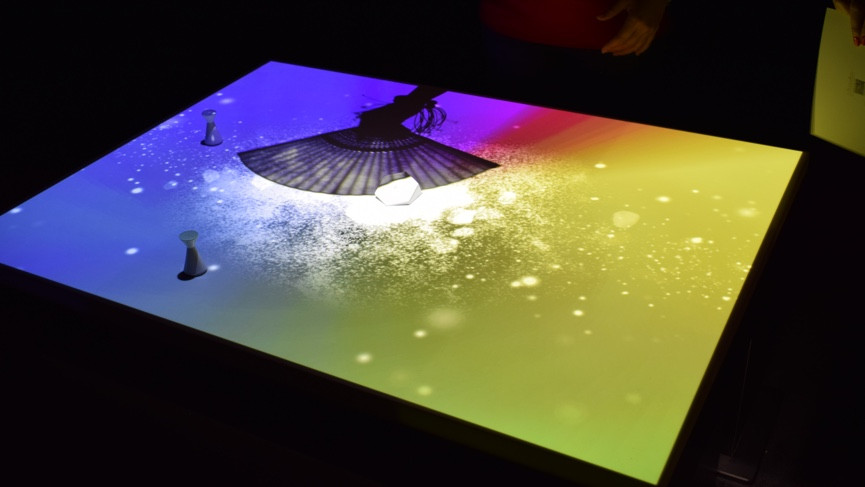
And that was my whirlwind tour of Google’s and Panasonic’s visions for the smart home. Panasonic’s message at SXSW seemed to be: We can build the smart home of tomorrow. Google’s was: We can run it.





